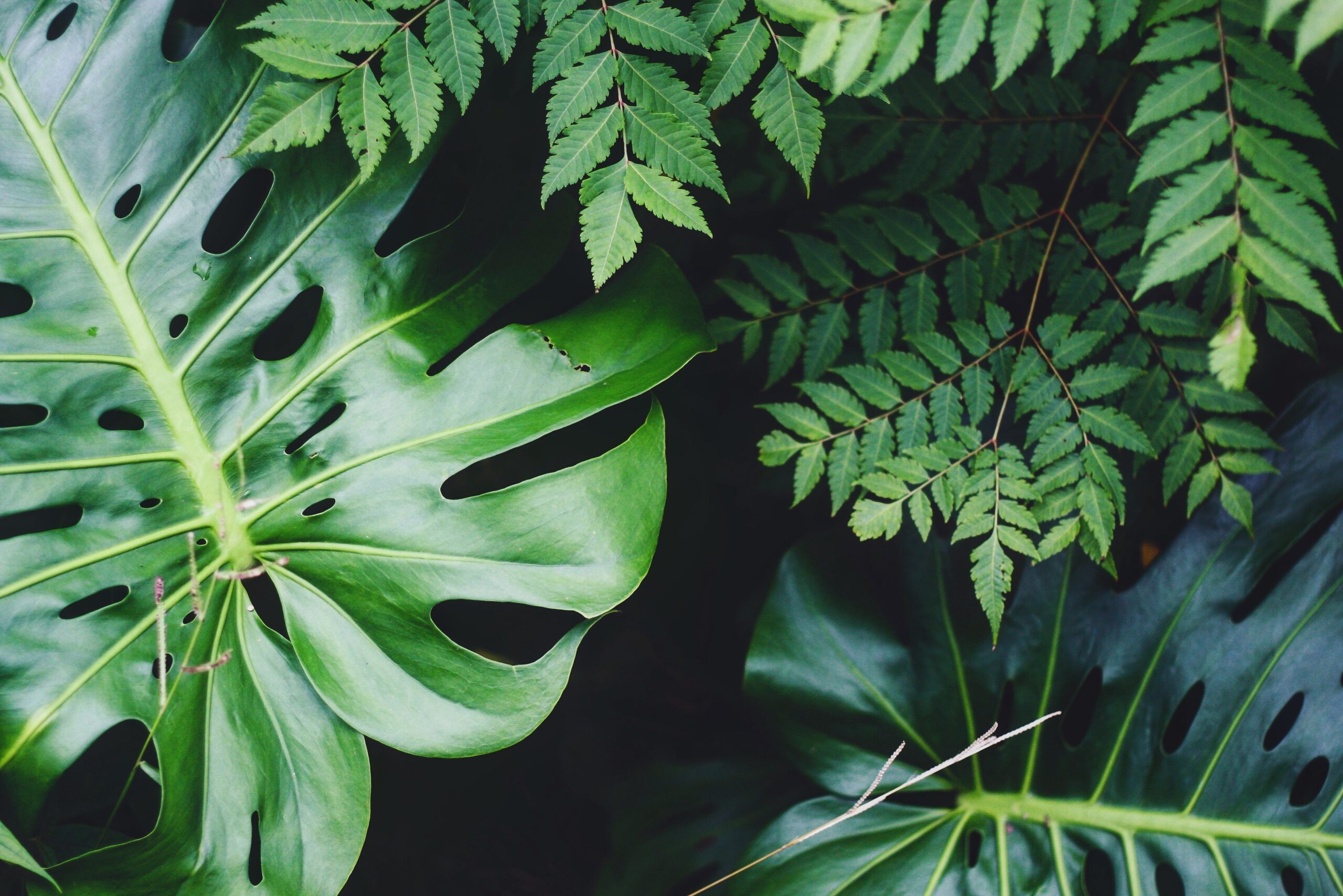
The search for extraterrestrial life has captivated scientists and space enthusiasts alike for decades. One of the most intriguing questions in this quest is whether alien worlds might host plant life. While we may never be certain until we explore other planets and celestial bodies more thoroughly, scientists are starting to speculate about the possibility of plants on alien worlds. However, it’s important to note that these alien plants might look quite different from what we are accustomed to on Earth.
To begin with, scientists have discovered numerous exoplanets, some of which are believed to have conditions conducive to the development of plant life. These planets orbit stars known as red dwarfs, which emit fainter and redder light compared to our sun. This leads to a natural question: can photosynthesis, the process by which plants convert sunlight into energy, occur on planets orbiting these dimmer stars?
Photosynthesis on Earth primarily relies on chlorophyll, a pigment that absorbs sunlight in the violet-blue to orange-red part of the spectrum. However, the wavelengths of light emitted by red dwarf stars are predominantly in the longer, redder part of the spectrum, beyond 700 nanometers. This poses a challenge for photosynthetic organisms, as chlorophyll is not well-suited to absorb light in this range.
To address this challenge, scientists like Thomas Haworth and Christopher Duffy have explored the possibility of extraterrestrial photosynthesis. They considered the concept of light-harvesting antennae, which are pigment-protein complexes found in all photosynthetic organisms. These antennae collect photons and channel light energy to a reaction center that converts it into chemical energy.
Their findings suggest that organisms with highly efficient antennae could potentially absorb dim light with wavelengths longer than 700 nanometers, but oxygenic photosynthesis, the type used by Earth’s plants, might be challenging under these conditions. Organisms would need to invest significant energy to maintain their photosynthetic machinery, limiting their ability to evolve into complex land-dwelling plants.
Interestingly, Earth already hosts organisms that follow different rules for photosynthesis. Some subterranean microbes produce “dark oxygen” in the absence of light, while certain bacteria conduct photosynthesis without oxygen, relying on different pigments and gases, particularly sulfur. These organisms use infrared light, within the 800 to 1,000 nanometer range, for energy, a spectrum well within the light emitted by red dwarf stars.
Duffy and Haworth speculate that on distant planets, communities of purple bacteria could thrive in sulfurous oceans or spread in films around sources of hydrogen sulfide. If these organisms evolved to live on land, they might still angle their light-absorbing surfaces toward their star, but their colors could range from purple to red or orange, depending on the wavelengths of light they’ve adapted to use.
This raises fascinating possibilities for what alien plant life might look like, as it could differ significantly from Earth’s green flora. If extraterrestrial photosynthesis is possible, astronomers would need to reconsider where to search for signs of life. While the habitable zone around a star is typically defined based on temperature and liquid water, scientists like Cassandra Hall suggest a “photosynthetic habitable zone” that considers factors such as starlight intensity, surface temperature, atmospheric density, and energy requirements for survival.
Hall’s research identifies several rocky exoplanets, including Kepler-452 b, Kepler-1638 b, Kepler-1544 b, Kepler-62 e, and Kepler-62 f, that orbit within their star’s photosynthetic habitable zone. These planets, larger than Earth but not gas giants, offer promising targets for further study.
Detecting signs of life on exoplanets remains a challenging task. Scientists look for chemical signatures in a planet’s atmosphere that suggest the presence of life processes, such as respiration or decay. These signatures could include combinations of gases like carbon dioxide and methane, oxygen, ozone, or sulfide gases. However, these gases can also arise from abiotic sources, like volcanic activity.
Nathalie Cabrol, an astrobiologist, emphasizes the importance of keeping an open mind and not limiting the search for life to our familiar biochemistry. Life could potentially exist in forms and environments that defy our current understanding. Expanding our perspective and considering alternative biochemistries may be crucial in the quest to discover life beyond Earth.
As scientists continue to explore the cosmos and study exoplanets, the search for alien plant life remains a tantalizing possibility, offering a glimpse into the potential diversity and adaptability of life in the universe. While we may not know what alien plants look like just yet, the quest to find them continues, reminding us of the boundless wonders of the cosmos.



